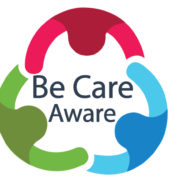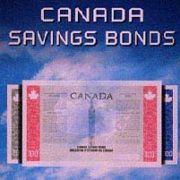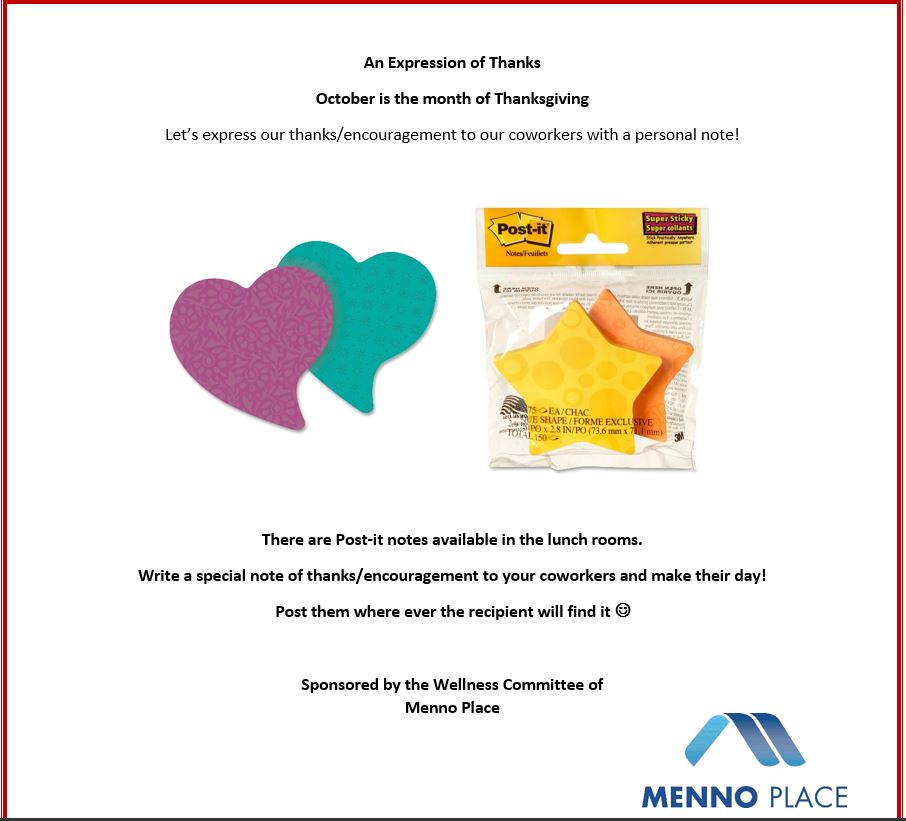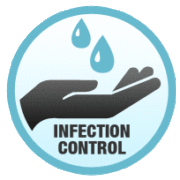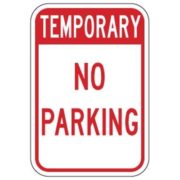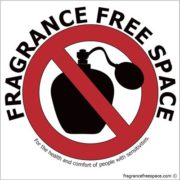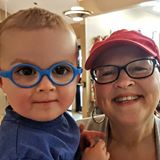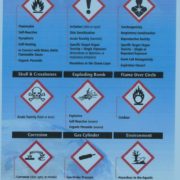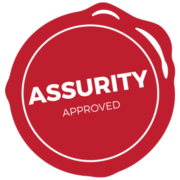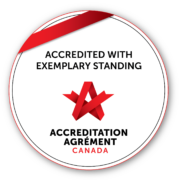Be Care Aware: Injury Rates in Long Term Care
BE CARE AWARE: 2015 Long Term Injury RatesDear SafeCare BC members, To formally launch this year’s Be Care Aware campaign, I am pleased to provide an update on injury rates in our long term care sector. SafeCare BC was established in 2013 by the long-term care employers and WorkSafe BC as a strategic collaboration with unions and other key stakeholders to reduce injury rates in the sector by providing ongoing training opportunities for workers, promoting best practices and initiating education and awareness initiatives. WorkSafe BC has just released their annual profile of British Columbia’s long-term care sector – which they continue to identify as high-risk. Among other things, the report captures the size of the sector by payroll, 2015 injury rates and total claims costs. According to the profile, employment in the long-term care sector has grown by approximately 15% over the past four years – to a total payroll of $1.5 billion in 2015 from $1.3 billion in 2012. SafeCare BC members represent 63% of the sector’s payroll. Since then, I am pleased to report the sector’s overall injury rate has declined by 8% – from 9.7 time-loss claims per 100 workers in 2012 to 8.9 in 2015. For SafeCare BC members, the overall injury rate has dropped 11% – from 9.52 in 2012 to 8.52 in 2015. WorkSafe BC sector premiums have also dropped for employers by 11% over three years – from $2.66 in 2015 to a 2017 projected rate of $2.36.
For SafeCare BC members:
For a summary of other facts about long term care injury rates, click here. (Click here for a summary of 2015 long term care injury rates) While these new statistics represents some positive developments, injury rates remain too high (four times the provincial average) and much more work needs to be done, particularly related to return-to-work rates and preventing acts of violence – which now account for 15.3% of all accident types. In collaboration with our key partners, SafeCare BC will continue to develop and deliver a full suite of training, education and awareness programs that respond to the real needs of care aides, managers, nurses and other staff. This work will continue to reflect feedback received from employers and front line staff in our most recent Member Survey and be expanded in 2017 to include the growing home support sector. Thank you again for your leadership and active participation in SafeCare BC training events and workshops over the past year. As always, please do not hesitate to contact me at david@safecarebc.ca if you have any questions about the 2015 report. Yours truly, David Hurford, |

